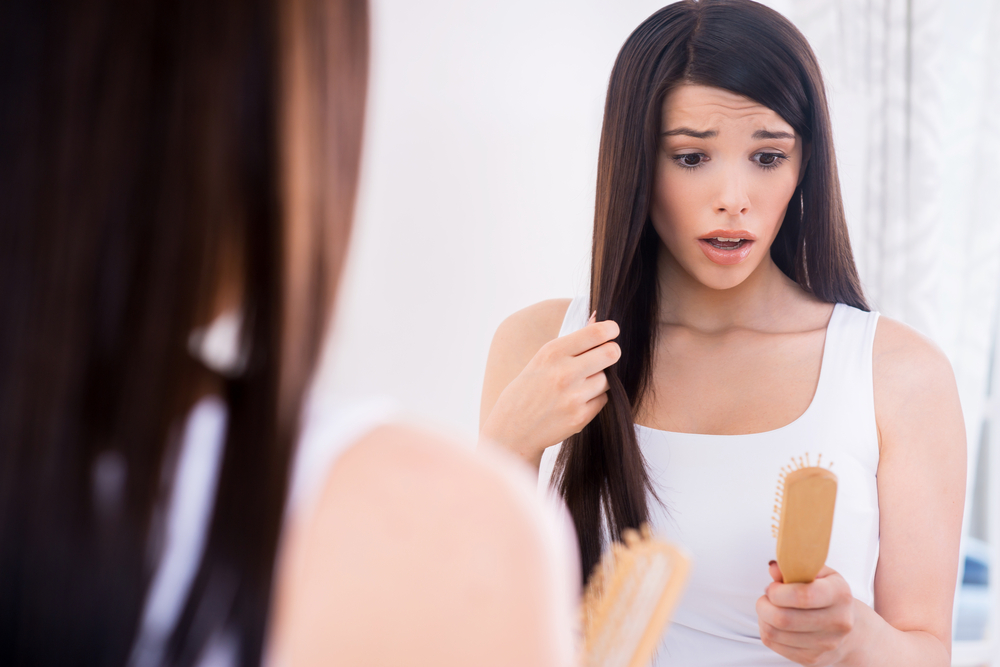
The Connection Between Hair Loss and Hormones

The subject of testosterone is likely to bring up thoughts of teenage boys experiencing changes in the body such as the growth of hair and a deepening voice. For some time, scientists blamed the loss of the male sex hormone for hair loss. In males, testosterone levels drop each decade after the age of 30. In females, a derivative of testosterone could be the primary reason for their hair loss. Called dihydrotestosterone, or DHT, this is the derivative of testosterone, which binds to receptors in the scalp follicles.
Determining Healthy vs. Abnormal Hair Loss
Hair loss is often an afterthought until you see excess hair in the hair brush or shower. Each human head contains up to 100,000-150,000 individual hairs. Some hair loss and shedding is natural with people experiencing the loss of up to 100 hairs a day as new hair pushes out old growth. The problem arises when hair loss increases as the result of an imbalance in thyroid hormones, disease, medication, poor nutrition, pregnancy or an overload of dihydrotestosterone (DHT). DHT accelerates natural hair loss by shrinking the hair follicle. Similar to trying to breathe in a too tight pair of pants, DHT chokes healthy hair follicles and hair loss occurs as a result. Hair loss can also happen because of aggressive or poor grooming habits or nutritional challenges.
Signs of Hormone Changes/Challenges
• Hot flashes
• Night sweats
• Memory problems
• Changes in weight
• Irregular periods
• Mood swings
• Sensitivities
• Hair loss
The Tricky Role of Hormones and Hair Loss
Throughout our lives, hormones govern and regulate many of the body’s activities. For women, less ovulation means fluctuating estrogen levels and less progesterone, causing some of the hormone challenges within the body. The delicate balance of too much or too little can send the body off in an unfortunate direction. Age largely determines cyclical hormone levels with men often noticing changes beginning around age 30 and women experiencing changes during pregnancy, perimenopause and menopause.
Treating Hair Loss Beyond a Nutritional Deficiency
If an improved diet and/or supplementation of hormones does not improve hair growth as the result of male or female pattern baldness or scarring, hair restoration is a way to naturally restore and maintain scalp hair. Hair restoration transfers small follicular graphs from a donor area. Dr. Vargas will relocate a donor area of good hair growth to a recipient area of bald or thinning hair. Conducted in-house, the minor surgical procedure moves individual hair follicles to a tiny graft area. When a graft takes hold, transplanted hair will fall out. This be will replaced by new growth over the course of several months. Results usually appear 4 to 6 months following the initial hair restoration procedure.
At Vargas Face and Skin, Dr. Hannah Vargas is ready to address any surgical or non-surgical cosmetic interests you may have. Her primary focus is to help create a beautiful, natural outcome for your specific goals. If you wish to have an in-depth consultation with Dr. Vargas about QuickLift or any other cosmetic procedure, please click here to access our Contact Form page

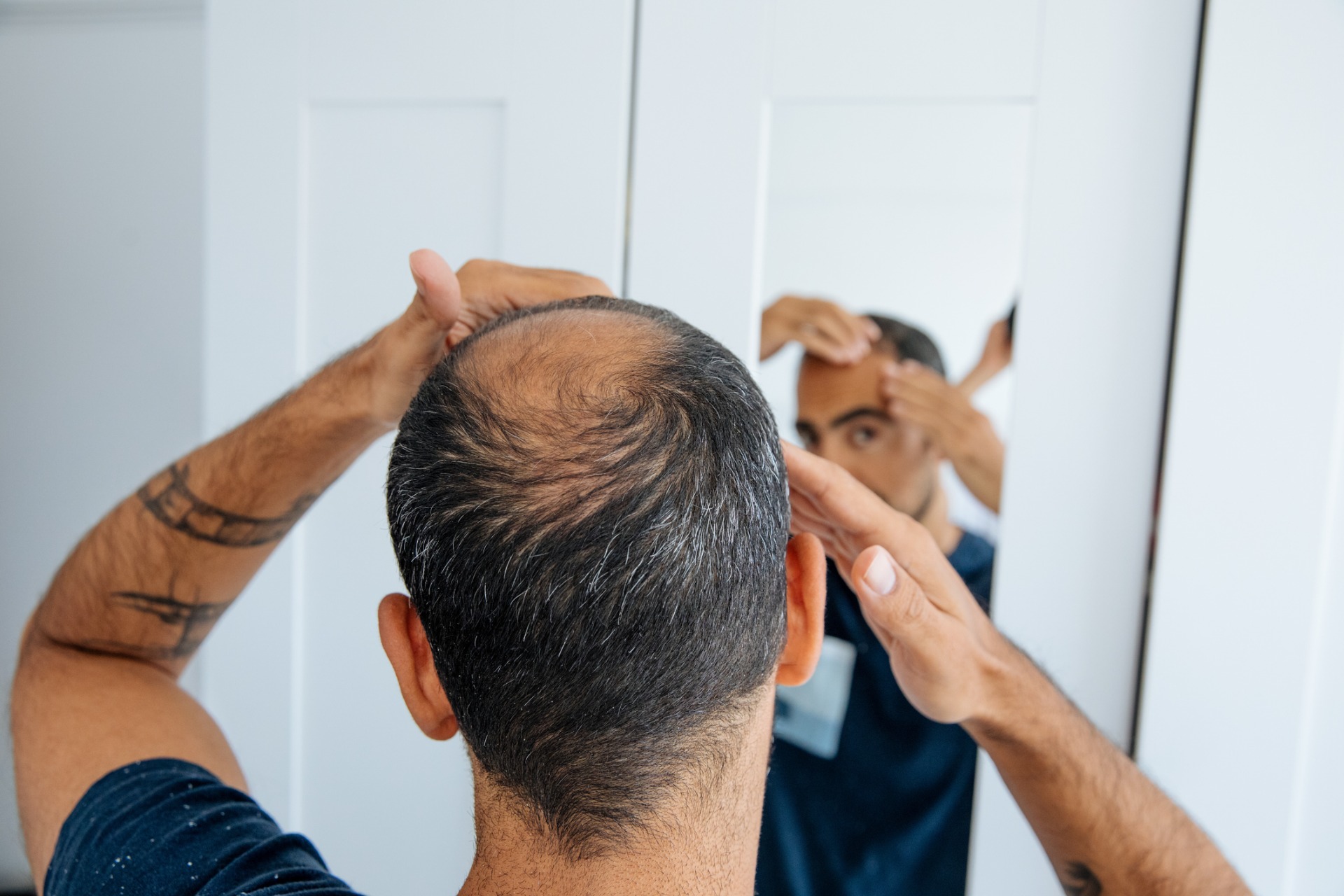
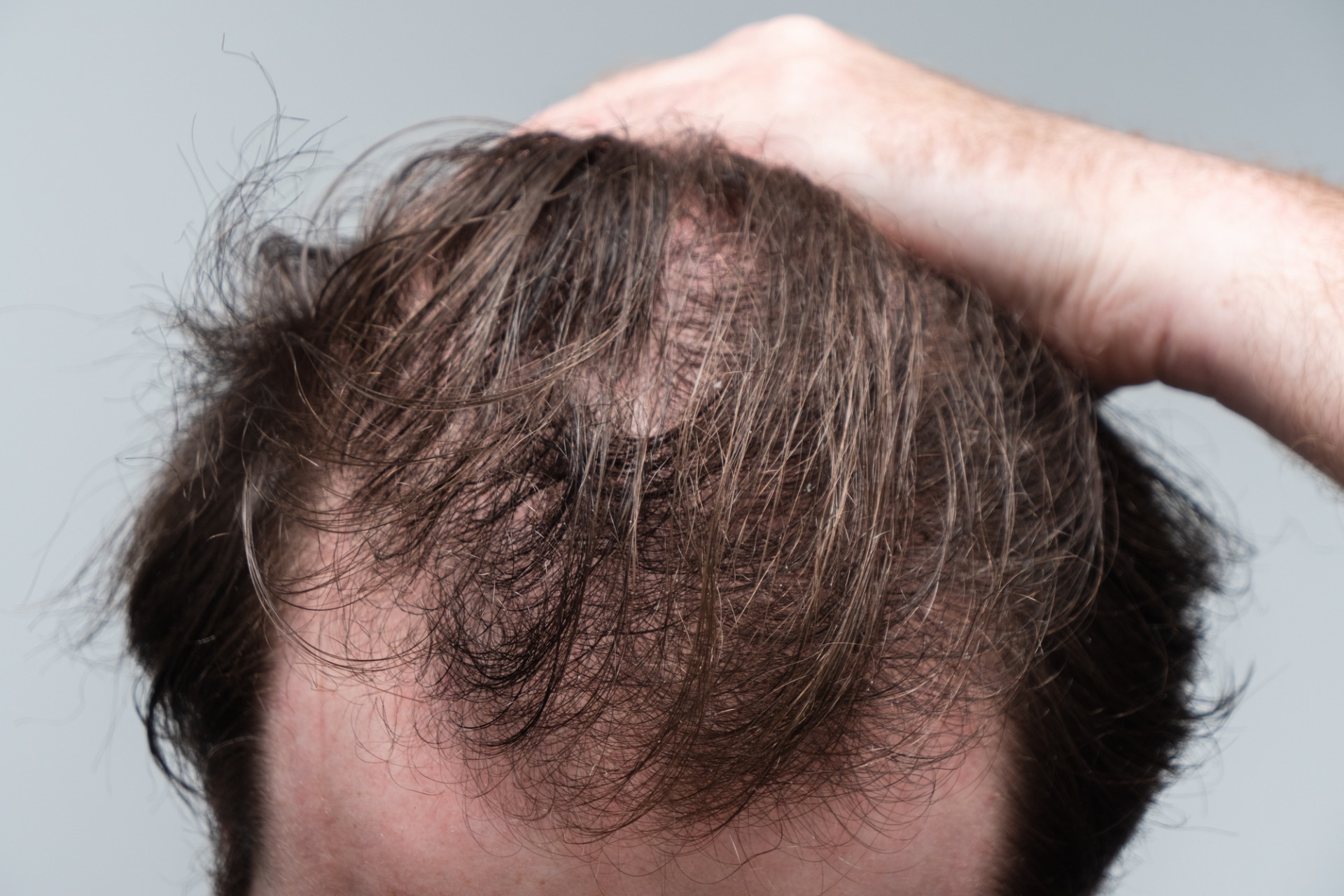
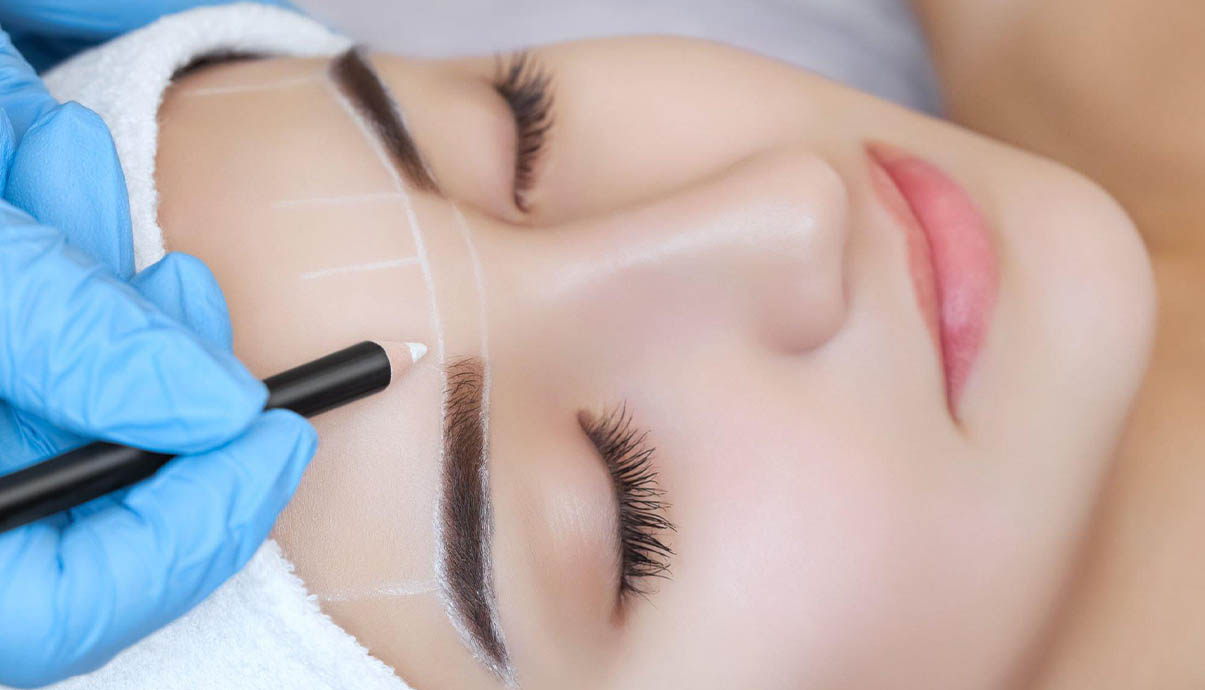
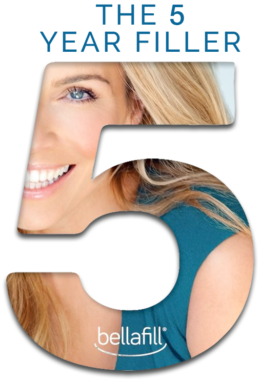



This Post Has 0 Comments